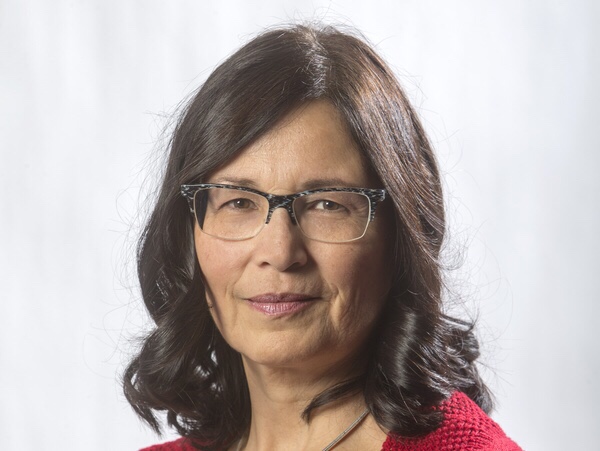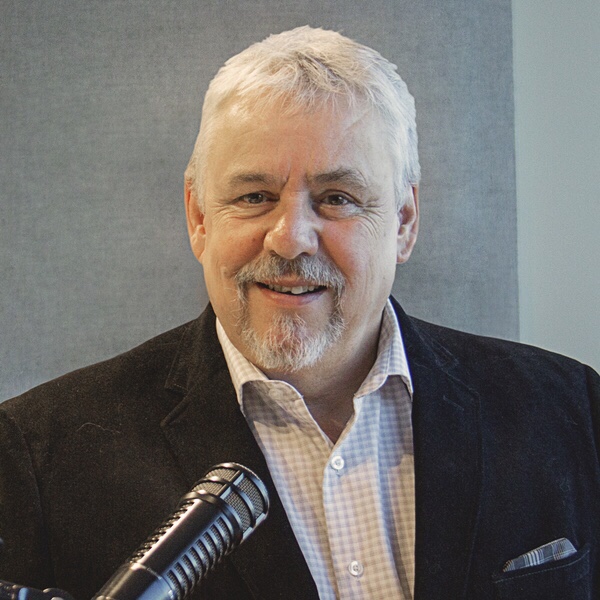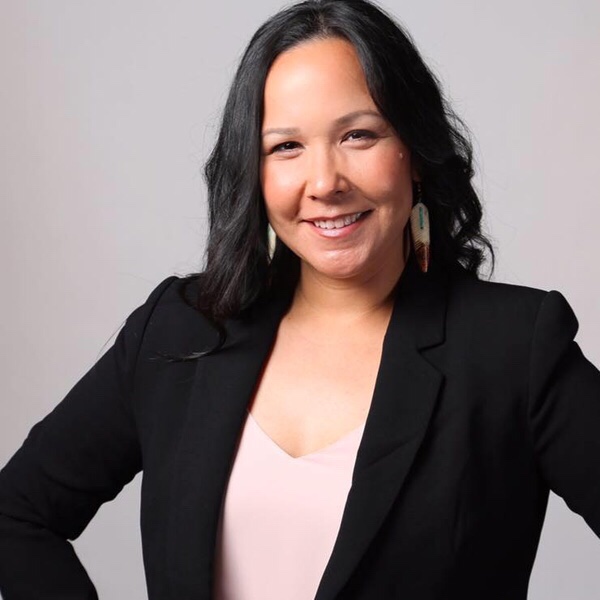How journalists cope with covering tragedies
- Angela Hill | February 16, 2018
Tragedy is nothing new.
In the last week of January, the trial of Raymond Cormier in the death of Tina Fontaine, 15, unfolded in Manitoba and details of Colten Boushie’s death came from the Gerald Stanley trial in North Battleford.
For journalists who work to cover difficult news there is a balance between their work and how they feel.
David Kirton, host of Saskatchewan Afternoon and the voice of Meeting Ground on News Talk radio, wanted to see the communities come together and healing take place before the trial, but as the week went on he reported the developments.
“Once I get into the heat of a story, I just remove myself,” he said.
Betty Ann Adam is with The Star Phoenix and was a court reporter for years. Two cases stick out as among the most difficult cover. One was the testimony of a 15-year-old girl against her stepfather, a man who was terribly physically and emotionally abusive, Adam said.
The second was the trial of Brian Casement in the death of 21-year-old Victoria Nashacappo.
“All of these years later, I’ve never forgotten either of them and even speaking of them reminds me of the other harder trials that I’ve sat through, where I witnessed the evidence coming out about Indigenous women being murdered. It leaves you with a physical response,” Adam said.
“There is also this rage, mixed with despair and grief.”
Adam and Kirton said in the moments of hearing the worst, it’s about getting the job done.
“You are making careful, accurate notes, and you are observing other people and it’s all about doing the job of recording, documenting this information because you are the eyes and ears of the public,” Adam said.
“You set aside your emotions in the moment as best you can.”
It’s about doing the job, but it’s also a form of protection.
“You can’t go in there everyday, allowing the pain that you witness to enter your soul,” she said.
After 10 years of covering courts, Adam stopped. She now focuses on telling stories of Indigenous communities and people.
Willow Fiddler started with the Aboriginal Peoples Television Network in 2016. Her second year saw the deaths of teens Josiah Begg and Tammy Keeash, and 34-year-old Barbara Kentner, the latter who died six months after being hit with a trailer hitch thrown from a moving car.
“There was a period of about a few months at least, when all of this was happening that it was extremely overwhelming but of course as a journalist you just [move] along when these things are happening on a daily basis,” Fiddler said.
“It wasn’t until after when things started to quiet down a little bit after that … I was finally able to take a breath, catch my breath and try and process everything that just happened.”
Even after the initial incidents, the story is not over; Fiddler just covered the anniversary of Kentner being struck.
“You are revising these stories, these really just awful moments and watching people still struggle and finding ways of healing,”
Fiddler said that as an Indigenous woman she is familiar with many of the issues she reports on in Thunder Bay.
“I’ve grown up with these issues so I’m already familiar with the concerns you hear from family members,” she said.
“It affects me too because it could easily happen to me, it could easily happen to my daughter, so there’s that element that makes it more important for me to be able to cover these issues.”
Fiddler says she takes care of herself by having a strong support system, both though the newsroom and her community.
Kirton and Adam have similar advice for other journalists; have someone to talk to. While covering the fighting at Metis Nation-Saskatchewan, Kirton said he spoke with a colleague familiar with the story almost daily.
During the Casement trial Adam connected with another reporter in the courtroom.
“She and I sat there and listened to the evidence and afterwards, sometimes after work, and after the trial we had some good conversations, in which we were able to just debrief.”



